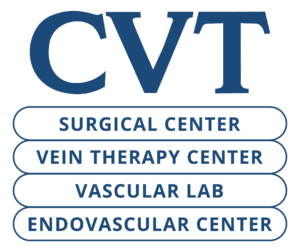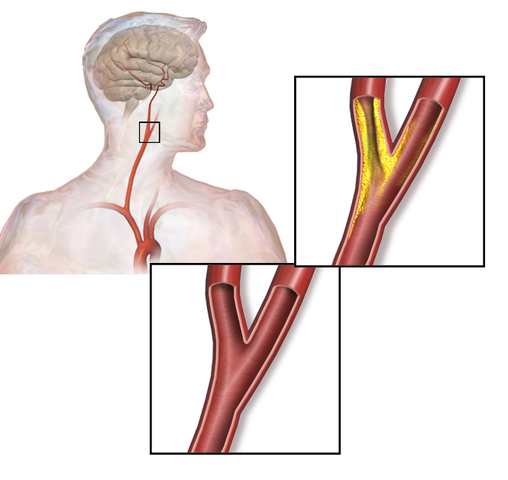Carotid stenosis occurs for multiple reasons and involves in most cases atherosclerosis (or plaque formation) within the artery that impairs blood flow to the brain.
There are multiple measurements taken via a carotid duplex ultrasound and/or computed tomography angiography (CTA) that help the clinician grade the degree of stenosis. In most cases, your provider will recommend medical management (antiplatelet and statin therapy). However, if your stenosis or blockage is greater than 80% or greater than 50% and symptomatic, your provider will likely recommend surgery to remove the plaque via a carotid endarterectomy (CEA), and in very few instances, a carotid artery stent placement.
Symptoms of unstable carotid disease include unilateral weakness, numbness, slurred speech or sudden loss of vision in one eye called amaurosis fugax.
These are signs of a stroke (cerebral vascular accident/CVA) or mini stroke (transient ischemic attack/TIA) and you should present to the emergency room immediately by ambulance. Your vascular surgeon will be consulted at that time. Carotid stenosis does not typically cause dizziness, vertigo, blurred vision or pain.

Another less common cause of carotid stenosis is fibromuscular dysplasia, an anatomical abnormality in the wall of the artery that can cause stenosis (narrowing) or occlusion. This disease is typically managed conservatively and observed by the same standards as atherosclerotic carotid stenosis.

